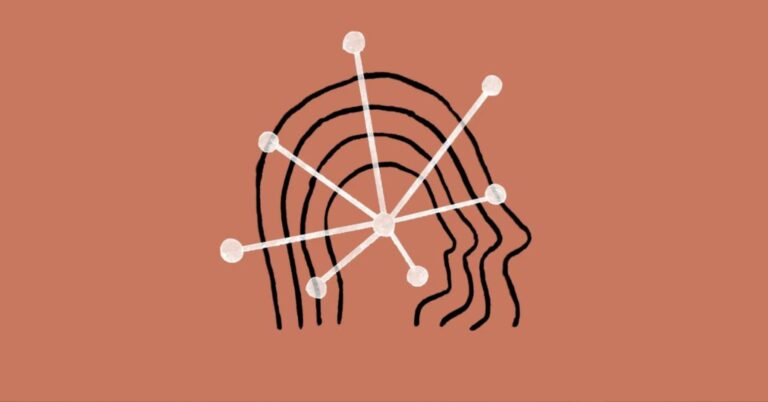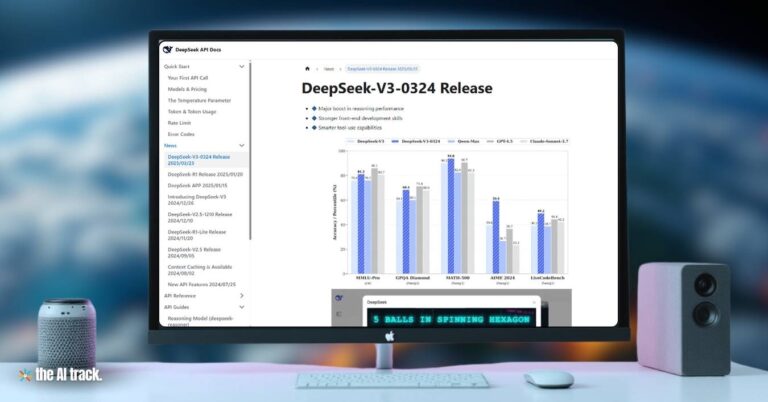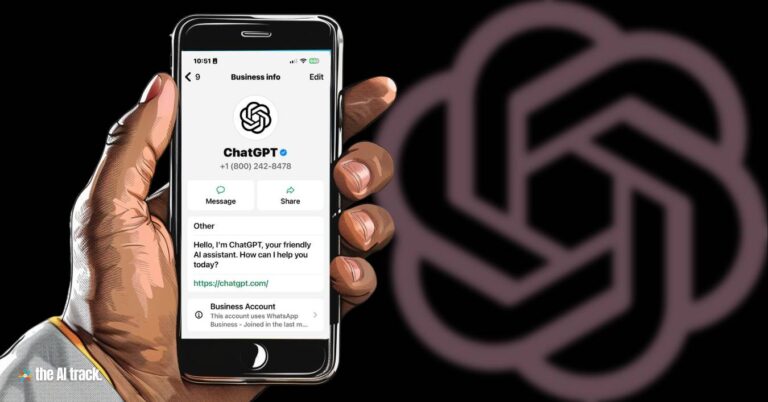Jump to Sections
ChatGPT for Text Generation: The Pros and Cons
ChatGPT exploded onto the AI scene in late 2022, amazing people with its human-like conversational abilities. This natural language model from OpenAI can write everything from essays to song lyrics to computer code on demand. ChatGPT is the most powerful AI chatbot from all, and can be used for a variety of tasks, including creative writing, code generation, and information gathering. [In our “How to Use ChatGPT: The Ultimate Guide for Beginners”, we’ll teach you everything you need to know about ChatGPT, from how to create an account to how to use it to its full potential.]
But is ChatGPT the perfect text generator? Or does it still have weaknesses compared to other AI systems? Here we’ll examine the key pros and cons of using ChatGPT for text generation.

The Pros: Why ChatGPT Shines
1. Impressive Coherence and Eloquence
ChatGPT’s text often reads smoothly and eloquently. The AI skillfully maintains context, stays on topic, and crafts grammatically correct sentences. This helps it mimic human writing styles ranging from Shakespearean prose to news articles.
2. Customizable Responses
ChatGPT allows tweaking the length, tone, structure, and other parameters of its output. You can even edit the prompt partway through to guide the model. This process helps craft responses tailored to specific needs.
3. Advanced Common Sense
Thanks to its deep learning training, ChatGPT has more contextual common sense than earlier AIs. It avoids blatant contradictions or nonsensical statements most of the time. The model even politely declines inappropriate requests rather than comply blindly. This built-in ethics awareness makes ChatGPT’s writing trustworthy.
4. Impressive Knowledge Recall
ChatGPT digests broader information from books, tutorials, and curated datasets. So it can intelligently summarize complex topics ranging from politics to quantum physics. This helps it generate knowledgeable text beyond just improvising.
The Cons: Where ChatGPT Still Falters
1. Factual Accuracy Not Guaranteed
While ChatGPT writes convincingly on many subjects, it often gets key facts wrong. Without a real-world model, the AI simply tries composing logical-sounding text from its training data. So any output should not be assumed true without verification.
2. No Understanding Behind Words
ChatGPT produces human-like text but has no true comprehension or reasoning skills. The model cannot explain concepts or answer questions that go beyond rearranging its training data. Pushing the AI beyond surface-level discussion reveals its lack of deeper understanding.
3. Potential for Bias and Harms
Since ChatGPT reflects patterns in its training data, it risks inheriting human biases and harmful stereotypes around race, gender, religion, and more.
OpenAI itself warns ChatGPT sometimes makes up harmful instructions when unsure of an answer. So vigilance is required to detect bias and misinformation.
4. Limited Knowledge of Current Events (free version)
Since ChatGPT only knows what it learned up to 2021, it lacks current world knowledge. The AI won’t comprehend breaking news or the latest slang terms. Any discussion of recent real-world events gets fabricated from outdated patterns. So details may feel generically plausible rather than accurate.

Text Generation: Beyond ChatGPT
ChatGPT is an archetype chatbot model, excelling in a wide range of tasks. However, specialized models and paid applications may outperform ChatGPT in specific tasks.
In the realm of text generation, ChatGPT’s ability to mimic writing styles and tones is valuable, but its out-of-the-box text quality can be flat.
- A 2023 study by OpenAI found that ChatGPT outperformed other language models on a variety of tasks, including question-answering, summarization, and translation. However, a 2023 Stanford study found that ChatGPT’s quality had worsened over time, and it was less likely to generate factual text than other models.
- A 2023 report by Google AI found that Claude outperformed ChatGPT on a variety of text generation tasks, including generating creative text formats, translating languages, and writing different kinds of creative content.
- A 2023 paper published in the journal Nature found that Bard outperformed ChatGPT on a variety of code generation tasks, including generating code from natural language descriptions and translating code from one programming language to another.
We recommend considering Claude and Bard for out-of-the-box FREE text generation. Both Claude and Bard (two of our recommended “7 foundational apps that you need to know“) are capable of producing high-quality text without special instructions. However, it is always a good idea to test multiple models with the same prompt to find the output that best meets your needs.
Let’s examine the pros and cons of our suggestions, Claude and Bard, in more detail.
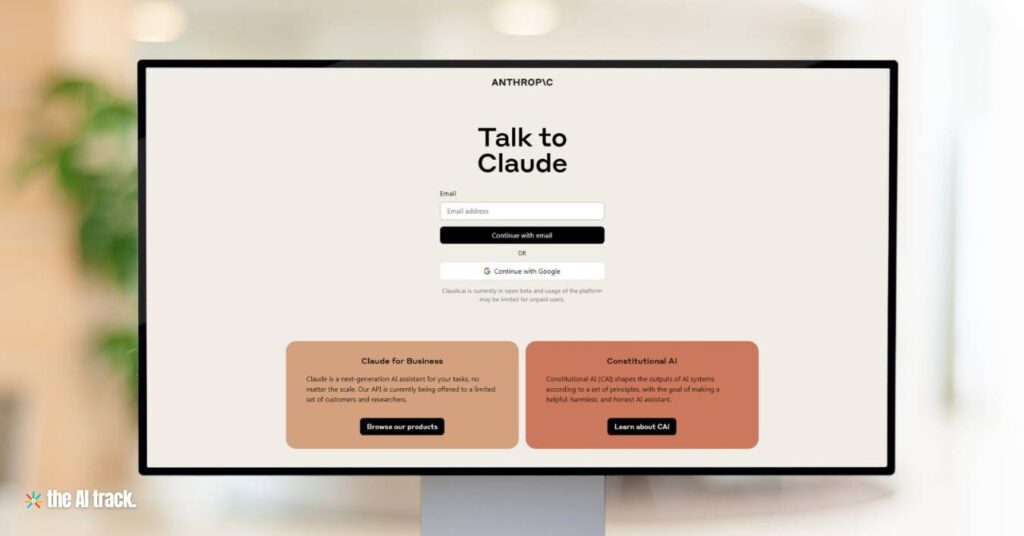
Claude for Text Generation: The Pros and Cons
Claude was born in 2022, making it the OG prototype to ChatGPT’s slick Gen 2 model. And while they share the same DNA, these twin bots have their differences when it comes to text generation. As an earlier Anthropic experiment, Claude gives a glimpse into the rapid evolution of text generation. And its training on human conversations makes for surprisingly natural chit-chat.
Claude is constantly being improved based on user feedback, and a newer version of Claude, Claude 2, has already been released with improved performance and longer responses.
Here we’ll explore the key pros and cons of using Claude for text generation.
The Pros: Where Claude Excels
1. Conversational Ability
Claude’s architecture is designed specifically for smooth, coherent conversations. The model maintains context across multiple prompts to answer follow-up questions or continue topics logically. This helps Claude mimic chat better than task-focused models.
2. Relatable Personality
Unlike purely functional AIs, Claude aims for an expressive, relatable personality. It uses humor, empathy, and wit in moderation to come across as lifelike but not overbearing. This emotional dimension makes conversing with Claude engaging.
3. Checks for Harmful Content
Claude incorporates safety filters that flag any potentially toxic text before sending it. This helps catch offensive or dangerous language missed during training. So Claude avoids some of the pitfalls of unfiltered AI.
4. Ongoing Active Learning
While most models are static after training, Claude continues actively learning from new sources. This allows Claude to acquire current knowledge missing in fixed AIs like ChatGPT. Ongoing learning also lets Claude expand its skills over time.
The Cons: Where Claude Falters
1. Less Knowledge Recall
Claude has a smaller training dataset than ChatGPT, so lacks the latter’s breadth of factual knowledge on many topics. You cannot assume Claude will competently summarize complex subjects like quantum physics yet.
2. More Generic Writing Style
With its smaller foundation of training data, Claude’s writing style tends to be competent but less engaging and eloquent than ChatGPT in cases, where specific instructions for tone and style are given. The prose is serviceable but may lack the flair and polish of OpenAI’s flagship model.
3. Occasional Non Sequiturs
When uncertain, Claude sometimes responds with plausible-sounding but generic or tangential text rather than admitting ignorance. This can lead to logical leaps or non sequiturs in the output if you are not careful to keep the model grounded.
4. Limited Common Sense
While Claude avoids overtly offensive remarks, it does not demonstrate the social awareness and common sense OpenAI prides itself on with ChatGPT. Absurd or unethical prompts can still elicit blind cooperation rather than gentle redirection.
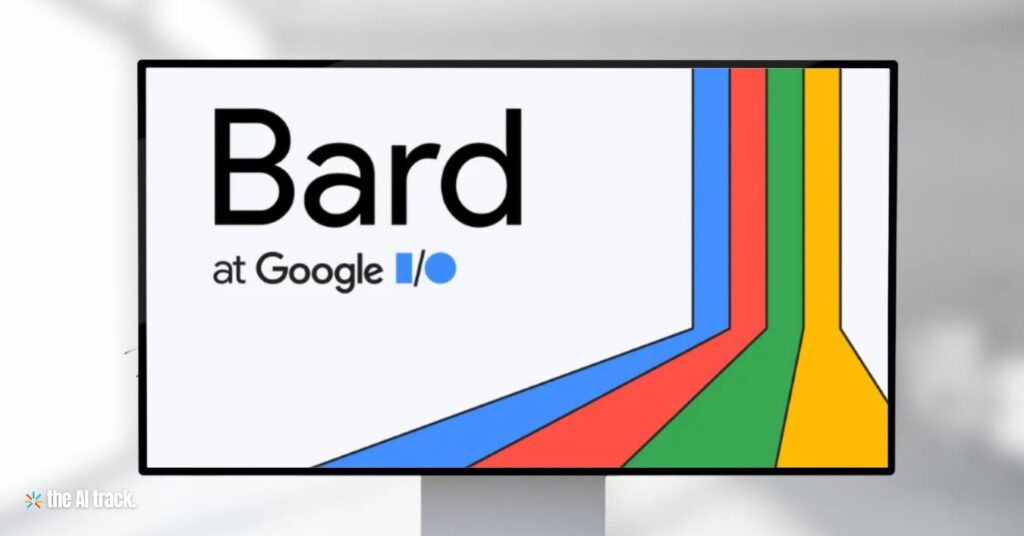
Bard for Text Generation: The Pros and Cons
In February 2023, Google unveiled its own conversational AI called Bard. This chatbot aims to compete with ChatGPT for natural language processing supremacy. While details are still limited pre-launch, early demos, and information provide hints at Bard’s potential strengths and weaknesses for text generation.
The Pros: Where Bard Could Excel
1. Google’s Vast Knowledge Base
Bard draws training data from Google’s vast search index spanning the web and books. This provides a broader factual foundation than any limited curated dataset. Bard may have more up-to-date world knowledge thanks to Google’s reach.
2. Integration With Other Google Services
As a Google product, Bard can tightly integrate with other company offerings like Search, Maps and Translate. This gives the AI unique abilities to synthesize information from diverse Google resources.
3. More Tailored, Fact-Based Responses
Google designed Bard to provide concise, factual answers rather than speculative conversational prose like ChatGPT. This aims to make Bard’s text more accurate and practical.
4. State-of-the-Art Language Model Architecture
Bard leverages Google’s latest LaMDA model architecture fine-tuned for dialogue. Building on Google’s other experimental AIs, Bard should be a highly capable language processor to power its text output.
5. Commitment to Helpfulness and Accuracy
Google stresses Bard will be trained to avoid harmful, biased or unsubstantiated responses. The company prioritizes reliable helpfulness over entertaining exchanges. This focus could make Bard’s text generation more trustworthy.
The Cons: Bard’s Potential Weaknesses
1. Risk of Quality Control Issues
Google has less experience unveiling experimental conversational AIs compared to competitors. Quality control problems plagued some of Google’s first Bard demos, hinting at the challenges of launching new text AI responsibly.
2. Less Expressive Personality
Google seems more cautious about anthropomorphizing Bard compared to ChatGPT. While this reduces certain risks, it may also limit Bard’s ability to converse naturally. The AI could lack personality.
3. Constraints of Google’s Branding
Sticking closely to Google’s brand values of utility and reliability may restrict Bard’s creativity. The AI likely won’t entertain speculative conversations like ChatGPT.
4. Potential PR Backlash
Fair or not, Bard will be held to higher standards as a Google product. Any perceived missteps around accuracy, ethics or capabilities after launch could draw intense media criticism.

Choosing the Right Text Generation AI for Your Needs
So which bot is best for your next project? It depends on your needs. For casual conversation and brainstorming, Claude’s humor and unique perspective may catalyze creative ideation. On the other hand, Bard’s extensive knowledge, technical architecture, and factual focus could make it a powerful text generator for certain applications.
So if you need flexible, general-purpose text generation without much customization, both Claude and Bard may produce better initial results than ChatGPT. However, for accurate explanations, how-to guides, and other technical copy, ChatGPT’s precision currently remains superior. Its capabilities have been more extensively tested and refined for precise accuracy across a wide range of prompts.
So consider which chatbot’s strengths align best with your goals for seamless, high-quality text generation.
The choice comes down to the art vs science of text generation. Do you want Da Vinci or Van Gogh? As AI capabilities advance at warp speed, next year may bring new Rembrandts to the canvas. But for now, Claude, Bard and ChatGPT paint two unique pictures.
This article provides an unbiased overview of each tool, informed by user reviews and expert insights, aligning with The AI Track’s commitment to offering genuinely helpful, freely accessible resources.
References
- Over just a few months, ChatGPT went from correctly answering a simple math problem 98% of the time to just 2%, study finds |Paolo Confino, Fortune, July 20, 2023
- Study claims ChatGPT is losing capability, but some experts aren’t convinced | Benj Edwards, ARSTechnica, July 7, 2023
- 4 things Claude AI can do that ChatGPT can’t | Maria Diaz, ZDNET, Aug. 21, 2023
- Perception, performance, and detectability of conversational artificial intelligence across 32 university courses | Nature, August 23, 2023
- What’s the best chatbot for me? Researchers put LLMs through their paces | Nature, September 27, 2023

